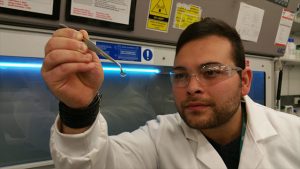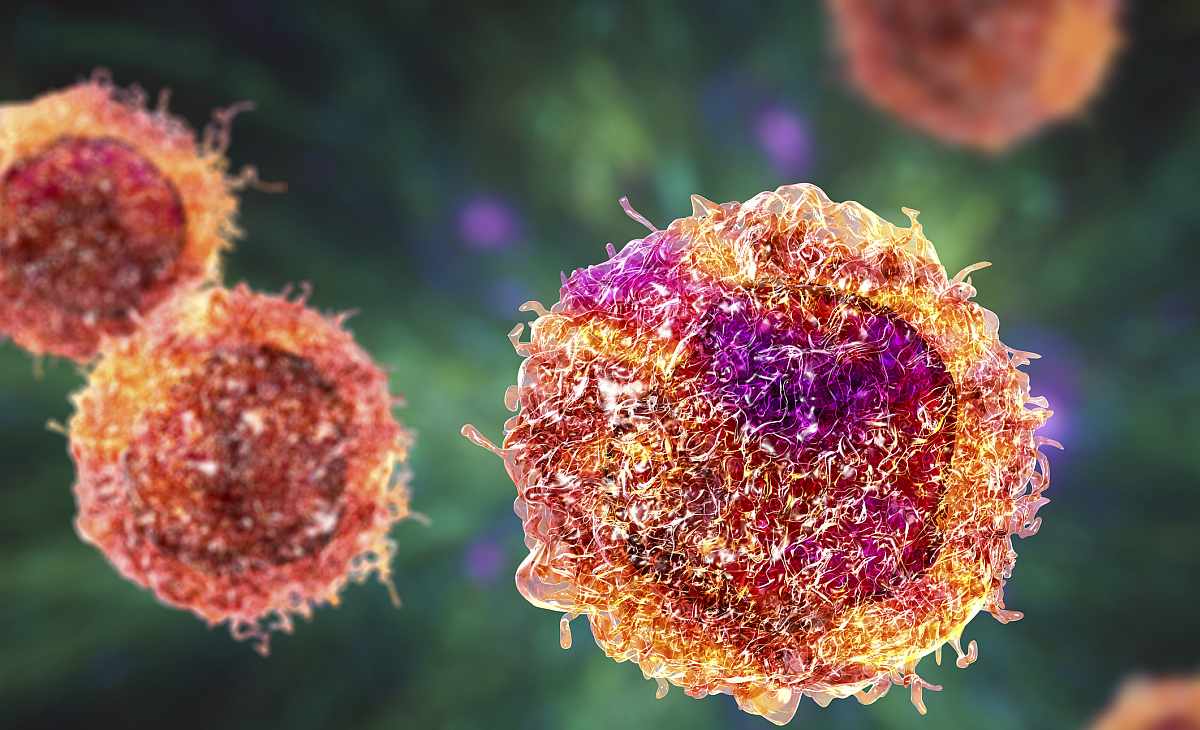Find out about recent advances and events from the world of science and technology with Miles Gough.
From old vertebrates to heart transplants, to life-saving technology, these eight moments in STEM are sure to stick in your memory.
Word count: 1167
Restoring memory with a brain implant
Memories make us unique and bind us to our family and friends through shared experiences. But memories are also fragile. Brain damage from repeated concussions or strokes, as well as degenerative conditions like Alzheimer’s disease, can make it difficult to form new memories, or keep old ones that we cherish.
Kernel – a start-up tech company based in Silicon Valley in the United States – thinks it has an answer. It’s developing a brain implant designed to enhance memory formation and cognitive function. These implanted devices will aim to mimic the way brain cells communicate with each other, to transform recently learned information into long-term memories.
Kernel has already begun testing an early version of the technology on epilepsy patients and hopes to begin clinical trials soon.
Login or Sign up for FREE to download a copy of the full teacher resource
Pig hearts survive for years inside baboons
It’s the stuff of medical science fiction. Take a working heart from one species and transplant it into another species without it missing a beat.
A team of researchers from the National Institutes of Health, in the United States, have reported in the journal Nature Communications that they’ve kept a pig heart alive inside the abdomen of a baboon for more than two years.
“It is very significant because it brings us one step closer to using these organs in humans,” heart surgeon and lead researcher Muhammad Mohiuddin told the AFP news agency.
An animal’s immune system would normally reject a transplant between species. But the researchers used hearts from pigs that had been genetically modified to improve the chances of success. The baboons were also given immune-suppressing drugs, which increased their tolerance of the transplanted organs.
Login or Sign up for FREE to download a copy of the full teacher resource
More ‘Hobbit’ remains in Indonesia
Here’s an update on an amazing discovery in human evolution that first made world headlines in 2003. Back then, scientists working on the Indonesian island of Flores found 200,000-year-old skeletal remains of a small species of extinct human. The species, which was given the scientific name of Homo floresiensis, stood just one metre tall and was affectionately nicknamed the hobbit.
Now, an international team of researchers has uncovered more miniature remains on the island, this time dating back even further – 700,000 years. They include a jaw fragment and six teeth from at least three individuals. Dr Gert van den Bergh, the lead researcher from the University of Wollongong, says the remains were likely to have come from the hobbit’s early ancestors.
“It quashes once and for all any doubters who believe Homo floresiensis was merely a sick modern human,” Dr van den Bergh says. The more likely scenario, he explains, is that “a small group of Homo erectus ended up on Flores about one million years ago and they shrunk.”
Dr van den Bergh says human evolution doesn’t always go in one direction towards larger bodies and brains: “Things can actually go in reverse under certain circumstances, like on islands.”
Aussie invention restores eyesight
Ten million people worldwide have vision problems caused by damage to the cornea – the thin, transparent layer at the front of the eye. Currently, the only way to treat the problem is through cornea transplants. But donor corneas are in short supply and the operations don’t always work.
Now, University of Melbourne scientists have grown corneal cells on a transparent, biodegradable film, which can be implanted into the eye. These cells help the damaged cornea repair itself.
“We believe that our new treatment performs better than a donated cornea,” lead researcher Berkay Ozcelik told the website Fresh Science. The team has successfully restored vision in animal trials, and hopes to move to human trials this year.
Login or Sign up for FREE to download a copy of the full teacher resource
Bubble boilers
Plastic bubble wrap – the same stuff that protects parcels in the post – could be the key to boiling water cheaply using only sunlight.
This remarkable potential development began with a 2014 breakthrough by engineers from the Massachusetts Institute of Technology (MIT), in the United States. Back then they showed that a solar-absorbing structure that was basically a floating sponge made from graphite and carbon foam could be used to boil water. The drawback was that it needed light 10 times stronger than sunlight.
“I kept asking myself, ‘Can we basically boil water on a rooftop, in normal conditions, without optically concentrating the sunlight?’,” explained MIT engineering professor Dr Gang Chen.
And so the team refined its solar-absorbing structure and used new materials that are better at trapping sunlight. But they still faced a key problem: heat loss.
As air passed over the surface, the structure cooled down. They turned to bubble wrap. It works like an insulator: sunlight can pass through, but warmed air gets trapped inside its bubbles, so the heat can’t escape.
The team was able to boil small amounts of water using direct sunlight, even on relatively cool and overcast days.
Login or Sign up for FREE to download a copy of the full teacher resource
Life saving vaccine cooler
Thousands of lives in remote communities worldwide could be saved by a portable vaccine cooler developed by an engineering student. Vaccines need to be kept at 2–8 degrees Celsius. So, when they are taking days to be delivered to far-flung communities, they need to be stored and transported in some sort of temperature-controlled environment.
Most vaccine coolers use ice or cold packs, which freeze the vaccines. But freezing causes vaccines to lose potency, Will Broadway the inventor of a new alternative, told The Guardian. Will is an Industrial Design and Technology student from Loughborough University in the United Kingdom.
The cooling system he came up with is called ISOBAR and won a 2016 James Dyson Award. It can be carried in a backpack and keeps vaccines at their optimal temperature for up to 30 days. Importantly, in the event of an emergency, if a vehicle breaks down or if there’s a power outage, the system can be easily recharged using propane – a readily available fuel transported in bottles.
Login or Sign up for FREE to download a copy of the full teacher resource
24/7 injectable monitoring
Researchers at US-based tech company Profusa are injecting sensors the size of a rice grain under their skin.
They’re using these to monitor artery disease, muscle performance and wound healing. The sensors currently detect oxygen but could be adapted to measure glucose, lactic acid, urea and more.
World’s oldest vertebrate

Forget about ancient turtles or huge old whales. Scientists in Denmark say they’ve identified Earth’s oldest-living vertebrate species…and it’s a fish.
Tests have revealed the Greenland shark (Somniosus microcephalus) can live for at least 272 years, which so far is considerably longer than any other vertebrate we know of.
The team from the University of Copenhagen examined 28 sharks that had died after being caught in fishing nets, in cold Arctic seas. They determined the ages of these huge fish by carbon dating a layer of eye tissue that remains unchanged from birth.
The team estimates that the largest shark, a 5m-long female, was likely to have been about 400 years old, meaning she would have been born in the 1600s.
The team also believes Greenland sharks don’t reach sexual maturity until they are 150 years old. Their findings were reported in the journal Science.
Login or Sign up for FREE to download a copy of the full teacher resource







